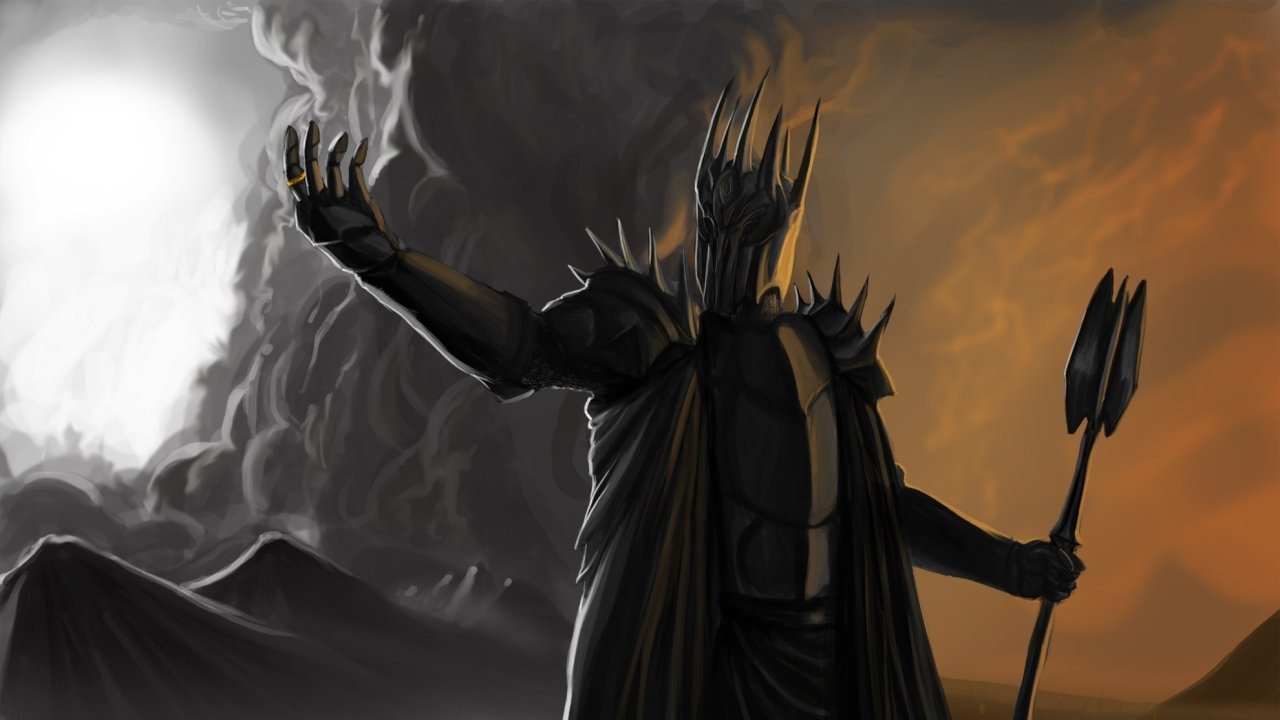Why You Don’t Remember 'Star Trek: Deep Space Nine'
Star Trek: Deep Space Nine (DS9) is the third live-action series in the Star Trek universe. It ran for seven seasons from 1993 to 1999. To this day, it is my favorite Star Trek series, and I am one of the few who watched it religiously. Ever since DS9 ended, it has been almost entirely forgotten by the rest of the franchise and the world at large. This needs to change.
The cards were stacked against DS9 from the beginning. It ran as first-run syndication at a time when the television landscape was changing. Halfway through its run, many of the independent stations that carried it became affiliated with UPN or the WB network. This resulted in DS9 never having a consistent time slot. In the time before streaming and DVR, if you missed it, you missed it, and a lot of people missed it.
RELATED:
DS9 is also the only Star Trek forced to compete against other Star Trek series throughout its run. In the beginning, it had The Next Generation (TNG). After TNG ended came Voyager. Both TNG and Voyager were more traditional Star Trek shows and consistently drew a larger audience than DS9.
Aside from the logistical issues, the fans who did not watch DS9 made all kinds of excuses. They highlighted the differences between DS9 and the other Star Trek series. Chief among them was the fact that DS9 was set on a stationary space station. It was also darker and grittier than earlier Star Trek had been. The most likely reason people did not watch DS9 is that it adopted serialized storytelling before it became the norm for television. An overarching story that continued week after week with inconsistent air times was a recipe for disaster.
The premise of the show sounds complicated, but it is easy to follow. Bajor had been occupied by the Cardassians for half a century. Now that the Bajorans have gained their freedom, they have asked the Federation for help in getting the planet back on its feet. Many Bajorans are upset as they feel they have substituted one occupation with another. Benjamin Sisko is tasked with leading the Federation’s presence in the Bajoran system. Meanwhile, they discover the galaxy’s first stable wormhole near the station that leads to the Gamma Quadrant. This turns Bajor into a hub of exploration and commerce.
It is a shame that many missed DS9 the first time it aired. The show deserved better. However, the real shame is it still has not caught on with streaming and is barely acknowledged by the franchise. In a discussion of best Star Trek captains, it is always, Kirk, Picard, and Janeway even though Sisko holds his own with all of them. While Sisko has a sense of humor and playfulness, he can be more intense than any of the other captains. Yet, Picard got his own spinoff on Paramount+ and Janeway is a now regular in the new Prodigy series. The original series and TNG both got a run of movies. Even minor characters from TNG like Lt. Barclay have shown up in more places than anyone from DS9.
Even the fan complaints about the show never had any substance. Deep Space Nine is a Star Trek show through and through. While it is set on a stationary space station, there is plenty of exploration going on. DS9 introduced the whole Gamma Quadrant to the Star Trek universe. It also introduced many new alien species and spent real time with them, so we got to know them on a deeper level. Yes, it is darker and grittier than the other Star Trek series of the time, but how lighthearted can you make a story about the Dominion War?
The thing that makes DS9 so special is the writing. It is a character-driven show, featuring a huge cast of regular and secondary characters. The main cast consists of nine characters, four humans: a shapeshifter, a Bajoran, a Trill, a Klingon, and a Ferengi. There are also at least thirty characters that get actual character arcs over the course of the series. DS9 also delves into issues that are still important today. Racism is a prominent theme with the franchise’s first black lead. Gender is explored through the Trill, symbiotic lifeforms that live inside several host bodies in their lifetime. Jadzia Dax is a woman in the show, but the Dax part of her had been a man. This dual perspective was ahead of its time. Xenophobia is a near constant as several races, including Cardassians, Bajorans, Ferengi, and Shapeshifters, face various kinds of restrictions and discrimination.
Circumstances worked against DS9 from the start. However, that is not a reflection, in any way, on the show itself. It deserved a bigger audience then and deserves a second life now in streaming. The show’s serialization was a hindrance to its success when it first aired. Now that serialization has become the norm, people will find the story of DS9 surprisingly modern. Hopefully, you will give it another look soon.
READ NEXT:
Source(s): Memory Alpha




